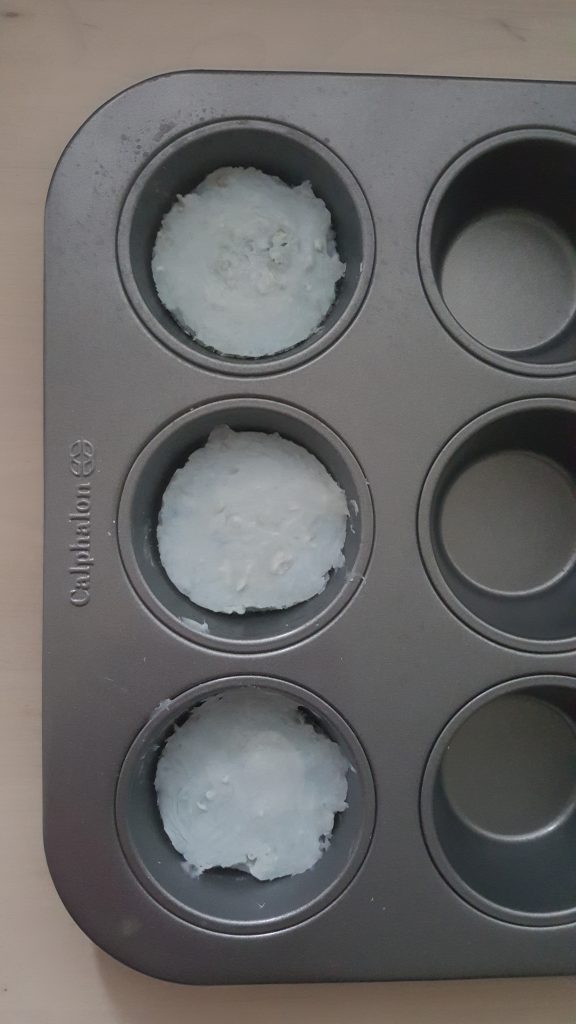Most people are familiar with the term “surveillance,” essentially being watched over by someone or something, e.g., cameras. These days it’s quite common for organizations, shops, services, or even residents to have cameras for monitoring, tracking, or enhanced security. No matter where you go, it’s likely that you’ve been caught on camera someplace. It’s also now likely that the captured image of you can be identified with facial recognition.
People may be less familiar with the term “sousveillance.” I’m not sure where or when I first heard the term, but I found a definition for it in an article in The New York Times Magazine by Jascha Hoffman, “Sousveillance.” In this article “sousveillance” is defined as “the monitoring of authorities.”
As most people now carry around a smartphone, it’s become increasingly popular for these “sousveillance” videos to be posted. The most recent one to gain attention was the video depicting an act of police brutality in Minneapolis that resulted in the death of George Floyd.
Even though I’m not an authority, I often feel uncomfortable with the idea that I’m being watched, either by surveillance cameras or how anybody could be recording me surreptitiously. However, in certain circumstances it could prove beneficial to have so many devices available to record to so many different viewpoints. The challenge is that you can’t pick and choose when this happens so you have to accept that it is going on all the time.
In the right context, the act of sousveillance can be a powerful means to offer a different perspective. Sometimes through these videos, it provides the impetus needed to impact real change, though they can often be difficult to watch.
The first time I saw one of these videos was in 2007, when RCMP officers tasered Robert Djiekanski to death in the Vancouver International Airport. Each time one of these videos is posted, showing overly aggressive and often deadly actions of police officers, it makes me wonder how many other times this happened when it wasn’t caught on video from a bystander.
It’s sad to think that we need sousveillance to monitor our authorities to make sure they’re not abusing their power and people. Each time an act of police brutality is captured, especially those ending in fatalities, is one of those circumstances when sousveillance is serving a valuable purpose.


